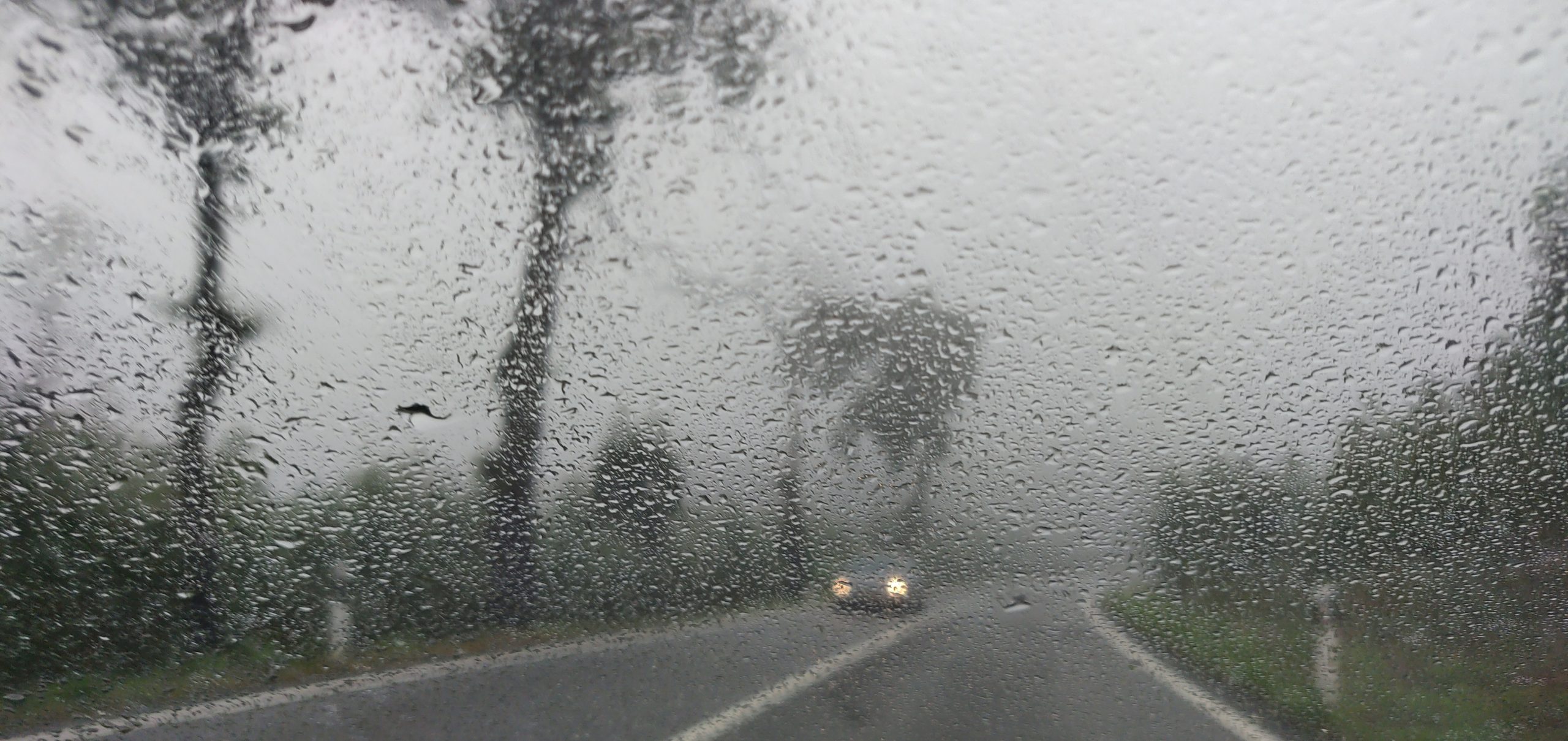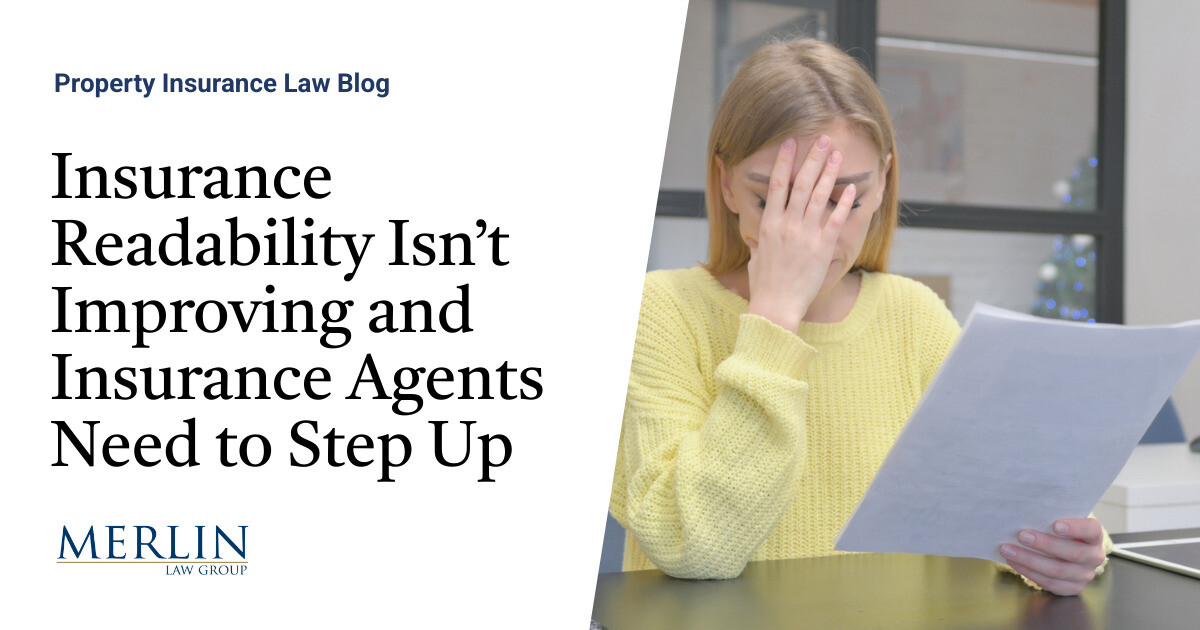
Safe driving techniques are important for everyone, but especially for those who are constantly on the road for work.For professions where the majority of your time is spent in a vehicle, these six tips to safe driving in the rain are essential knowledge.1.
Low Beam Headlights One of the most important things to do while driving in adverse weather conditions is turn on your low beam headlights.This is not necessarily so you can see the road clearer, but rather so other drivers can clearly see you.Turning on your high beam headlights, especially in dense fog, will actually reduce visibility.
Some States have laws requiring drivers to turn on their headlights while driving in the rain.So you’re not just being safe; you’re also being lawful.2.
Use a Hydrophobic Windshield Coating If you’ve spent any time in an auto supply store, you may have noticed hydrophobic coatings and treatments for windshields. These hydrophobic coatings can be applied to your windshield and side mirrors to reduce the buildup of raindrops which can often cause low visibility. Using these products can increase your visibility during heavy rainstorms or when your wipers struggle to keep up.Keep in mind that hydrophobic coatings should never replace windshield wipers, but rather work cooperatively with them.It’s still extremely important that you ensure full functionality and effectiveness of your wipers if you anticipate poor weather conditions.
3.Slow Down and Leave Room Stopping suddenly on rain-slicked roads is extremely hazardous, since involuntary sliding becomes much more prevalent when driving in the rain.You will need to give yourself more time to ease onto the brakes when coming to a full stop.
Because of this, be sure to leave a little more room than you normally would between yourself and the car ahead of you so you can safely slow down.If they have to stop suddenly, you don’t want to wind up rear ending them.In the same vein, be more alert and slow down a bit to give yourself some leeway in case of a sudden stop.
4.Be Aware of Environmental and Vehicle Behavior Changes One of the most important ways you can stay safe while driving in the rain is knowing how your vehicle’s behavior changes during harsh elements.As stated above, rain-slicked roads and wet brakes will increase the time necessary to stop safely.
Additionally, you should be aware of hydroplaning, skidding, and their prevention techniques.For instance, hydroplaning can best be prevented by keeping your tires properly maintained and inflated; slowing down when roads are wet; avoiding standing water; avoiding hard braking and sharp turns; and driving in a lower gear.It is also often said that the first 10-20 minutes of a light rain is the most dangerous time to drive because built-up oil and residue create slippery conditions.
Arming yourself with such knowledge can make a big difference when driving in harsh weather conditions.5.Check Tire & Brake Condition It’s of utmost importance to ensure that your tires have proper tread.
If you haven’t changed or rotated your tires recently, and notice that the tread has become worn down, it’s time to get into a mechanic’s shop.Low-tread tires are dangerous in general, but especially on rain-slicked roads.You’ll come to find that your tires will lose their grip on the road much more easily — even lightly accelerating, decelerating, and turning could cause your wheels to spin in place or fishtail, even if just for an instant.
If this happens, you are long overdue for a tire change.In addition, keeping your tires properly inflated and rotated will help to mitigate the chances of hydroplaning.6.
Avoid Standing Water Standing water can be especially dangerous when driving in the rain.Standing water is common during heavy rains, in areas with backed up drainage systems, or just poorly designed roads.Not only does standing water present hazards for hydroplaning, it can severely damage the undercarriage of your vehicle if the water is deep enough.
Driving through standing water can cause errors with your brakes. While it’s always best to avoid standing water altogether, if you absolutely have to drive through it, be sure to lightly pump your brakes a few times afterward to ensure they are still fully functional. Never drive through a flooded roadway or water that is moving and flowing across the roadway. A mere six inches of fast-moving flood water can knock over an adult.It takes just 12 inches of rushing water to carry away most cars and just 2 feet of rushing water can carry away SUVs and trucks.It is NEVER safe to drive or walk into flood waters. The National Weather Service offers advice on their ‘Turn Around, Don’t Drown’ webpage.
Read more general and personalized safety tips in our Safe With Society series or contact your local agent with questions about coverage.Additional Resources
5 Tips for Driving at NightTips for Driving in a Winter Storm12 Safety Actions for Delivery DriversShare this post:FacebookTwitterLinkedinemail
Publisher: Society Insurance








